Chris Gilmour puts on his geopolitical hat and updates us on the sanctions against Russia, the energy crisis facing Europe and the extent of the Ukrainian resistance.
One of the major factors contributing to the current bout of high inflation and interest rates globally is the continuing war in Ukraine. What began as a limited special operation that was only supposed to take three days has turned into a nightmare not only for Ukraine and Russia but for most of Europe and many other parts of the world.
The war grinds on
Over six months later, the conflict has deteriorated into a grinding war of attrition, with seemingly no end in sight. But at least the rationale behind Russia’s invasion of Ukraine is becoming clearer, and Ukraine’s resistance has stiffened to a point that few if any observers thought possible at the outset. The bottom line is that this war could well drag on for years, in which case higher inflation and interest rates are likely to remain a feature of the global economy for equally as many years.
Global recession looms on the horizon and Europe is likely to bear the brunt of it.
The EU has adopted a non-negotiable stance with Russia over its invasion of Ukraine, even going so far as to offer Ukraine EU candidate membership status. It will not soften its stance on Ukraine unless and until Russia withdraws its troops. Russia has retaliated by cutting off gas supplies to Europe. The end result has been a massive rise in European gas prices in the past few months, which have had serious inflationary effects.
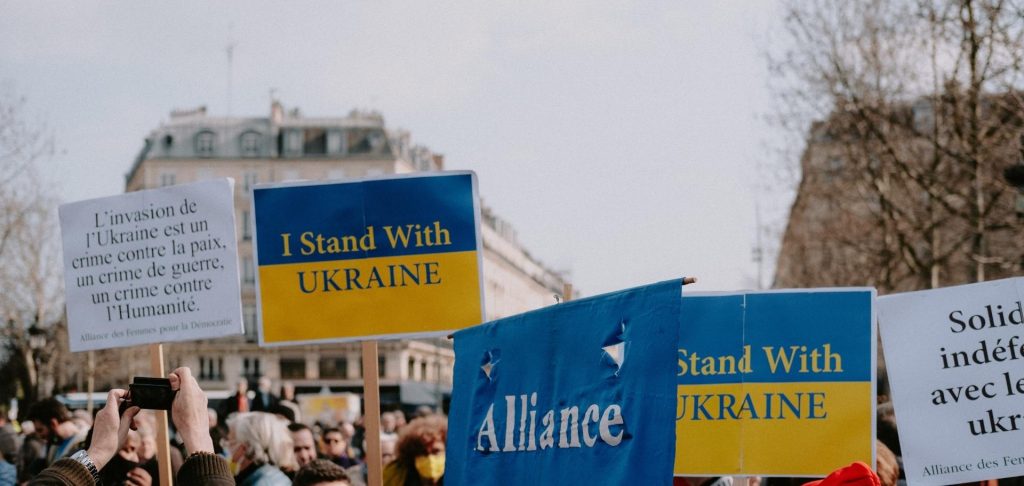
Russia’s gas has been supplied to Europe primarily via the Nordstream 1 pipeline, a 1,200km pipeline which lies under the Baltic Sea and connects St Petersburg in Russia to north-eastern Germany. The pipeline is owned and operated by Nordstream AG and its majority shareholder is Gazprom of Russia. Nordstream 2, a parallel pipeline, was supposed to have come on stream last year but was halted by Germany after Russia invaded Ukraine.
An effective Mexican standoff, or gigantic game of “chicken” has arisen between the EU and Russia over its involvement in Ukraine and the supply of gas to Europe. The Europeans are resolute in their resistance to Russia’s aggression in Ukraine and Russia appears equally determined not to supply any further gas to Europe. Currently, Russia’s gas is being flared off near the start of the Nordstream pipeline not far from the Finnish border. The Russians don’t have storage facilities in the area to store the gas and thus their only option if they don’t supply Europe is to flare it off.
In aggregate, Europe’s gas stores are 80% full, which will allow most countries to get to February or March 2023, even if no more Russian gas is supplied.
The EU has also proposed price caps on Russian oil and gas that will remain in place until Russia leaves Ukraine. So a real deadlock has set in.
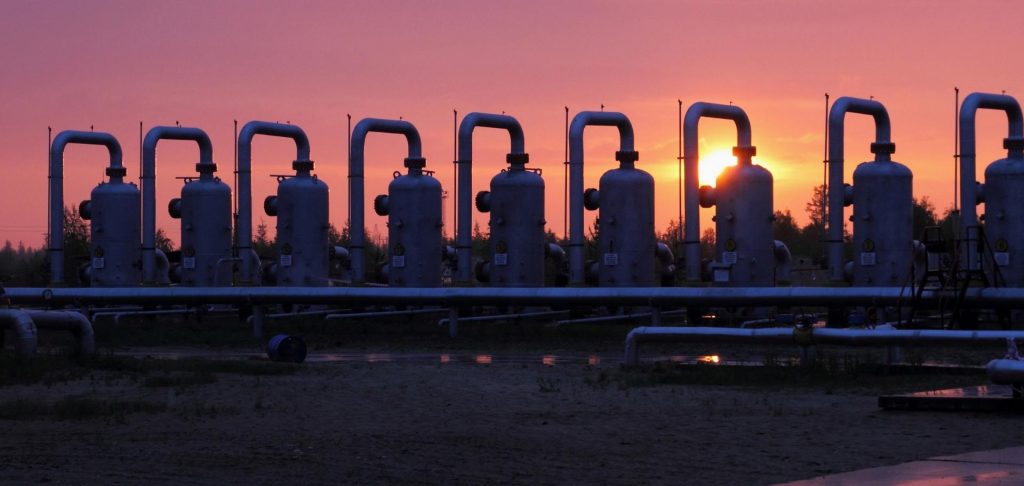
In the coming northern hemisphere winter, which starts around November and lasts all the way through February, the mood is going to be very sombre indeed. Germany in particular has put all its energy eggs in one basket metaphorically speaking, by using Russian gas to such a great extent. The question isn’t just about whether or not Germans or Dutch, or Belgians or French or whoever are going to freeze in their homes this winter. Supply of gas will be sourced from somewhere, but at a great cost. No, the biggest single concern is industrial supply of energy. The Germans in particular will have to cut back substantially on their manufacturing capability, purely because the costs of doing business with anything other than Russian natural gas will be prohibitive.
This in turn will lead to recession in Germany and any other country in Europe or elsewhere for that matter that relies on the German industrial machine for its existence.
Back to the battlefield
One of the most surprising things about this invasion is how useless the Russian military has turned out to be. I am from a generation that can remember the Prague Spring of 1968, when Soviet tanks rolled into Prague and crushed Aleksandr Dubcek’s attempt at reform of the communist system in Czechoslovakia. And I have seen the newsreels of the 1956 uprising in Budapest fomented by Imre Nagy that was met with the same amount of brute force. Of course these were very different circumstances, as both Czechoslovakia and Hungary were mere satellites of the USSR but the point is that in those days, the Soviets acted quickly and decisively to quell any possibility of insurrection.
That all changed in later years, when the Soviets had to leave Afghanistan after a decade in that country achieving precisely nothing. Probably the closest comparison that can be made with the Ukrainian conflict is what happened in the renegade region of Chechnya, where the capital Grozny was shelled into rubble during the first Chechen war of 1994 to 1996. Although Russia and Chechnya ceased hostilities for a few years, they erupted again in 1999 and lasted for ten years. These were bloody campaigns, with heavy casualties on both sides.
The Russians have adopted their usual strategy of using massive artillery firepower in Ukraine, just as they did in Chechnya and, incidentally, in the Battle of Berlin in 1945. It’s a simple but effective strategy that relies on pulverising the urban infrastructure to rubble before allowing the infantry to go in and take control of the area that is left. That is what they have done in the eastern and southern regions of Ukraine and have used unimaginably large amounts of ammunition. Retired US General Petraeus, interviewed on CNN recently, said that Russia was using as many artillery shells in a single day as the US used in the entire campaign in the first Gulf War. It has been widely reported that Russia was using 40,000 artillery shells per day at the height of hostilities on the eastern front. Apart from depleting the Russian ordnance supply very rapidly, that type of hammering also takes a huge toll on the big gun barrels as well. If not maintained – which is likely the case in Russia – these guns become useless very quickly.
Other analysts have highlighted that Russian ammunition is often dangerously outdated (more than 30 years old) and can be dangerous to handle. It is not known what capability the Russians have to replenish their ammunition supplies on such a scale that is required for further continuous shelling, but the New York Times published an article last week stating that the Russians are sourcing artillery from North Korea. If this is true, it is pretty desperate stuff and is a damning indictment on the inability of Russia to manufacture and supply industrial-scale artillery shells and rockets.
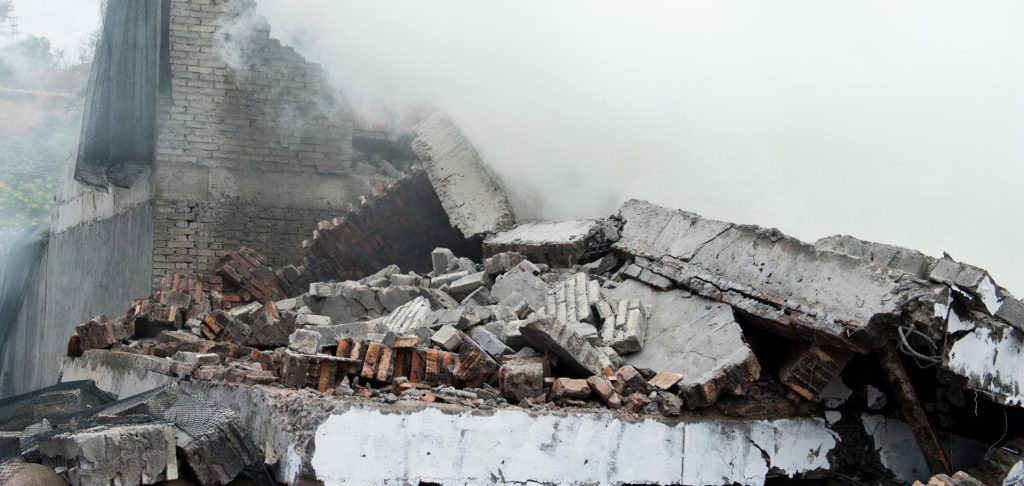
The Ukrainians, conversely, have been having a fair degree of success in recent weeks and months, especially since receiving supplies of the HIMARS multiple rocket launcher system (MRLS) from the US. HIMARS is much more accurate than the Russian MRLS and has the ability to “shoot and scoot” to avoid detection by the Russians. This has allowed the Ukrainians to specifically target Russian-controlled infrastructure in Crimea and other parts of occupied Ukraine with impunity. It has been especially successful in eliminating Russian ammunition dumps at railheads, as well as bridges and other critical infrastructure in southern Ukraine. It seems likely that Ukraine may be on the verge of taking back control of the southern city of Kherson from the Russians. Reports are also coming in that Ukraine is advancing rapidly in the Kharkiv area farther north as well.
This is all good and well and is great for Ukrainian morale. But to be realistic, the chances of physically ejecting the Russians from the eastern areas such as the Donbas is likely to be much more difficult than taking back Kherson. The Russian military cannot be far away from ordering a general mobilization of troops in Russia to bolster its flagging capabilities in Ukraine. However, that will likely be a double-edged sword for Russia. On the one hand, it means they will get more troops virtually overnight. But at the same time, these will be conscripts who really don’t want to fight, many of whom will have friends and relatives in Ukraine. Much of the current Russian military comprises ethnic minorities such as Chechens and Mongols, who are reasonably well paid and are effectively mercenaries.
But will sanctions be effective?
Ukraine’s (and the west’s) greatest hope lies in the effectiveness of sanctions against Russia. If enough economic and financial pressure can be applied via sanctions, Russia will not be able to finance its war in Ukraine for an extended period of time. But sanctions take time to work properly.
Anyone who lived through the sanctions era in South Africa will remember how much nationalistic pride this instilled in certain sections of the community at the outset. A process of inward industrialisation began and South Africa managed to produce a huge amount of its requirements locally. It was far from being an autarky, mainly because it had to import all of its oil, but it became self-sufficient in many other products and services. However, that situation didn’t last and after a while, the corrosive impact of sanctions really began to bite hard.
The same will happen with Russia, but like the situation with South Africa, it will just take time.
We must also not forget that sanctions-busting almost became an art-form for Rhodesians and South Africans in the 1960s, 70s and 80s. Almost anything could be bought and sold, for a price. Who can ever forget that meeting between Gordon Waddell, Harry Oppenheimer’s son-in-law and director of JCI and Anglo American , and his Soviet counterparts at the Bolshoi Ballet production of Boris Godunov in Moscow in November 1980? When questioned about his appearance, Waddell nonchalantly replied that he was “just passing through”. In reality, although the USSR and South Africa were sworn ideological enemies, at a financial level they did a lot of business together.
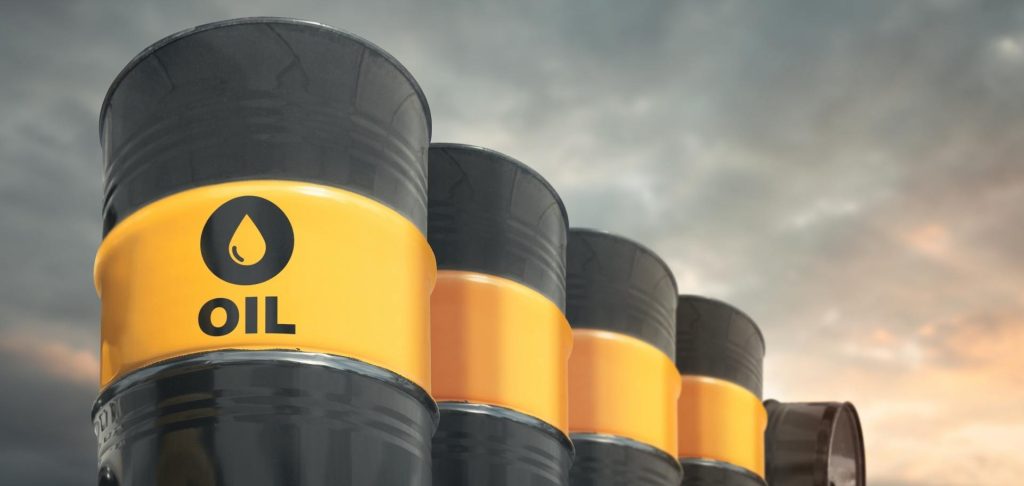
The G7 recently managed to institute a policy whereby Russian oil will be subject to a price cap, with estimates of that cap being between $40 and $60 per barrel. Currently, Russia is receiving a shade under $100 per barrel for its Urals crude and even the heavily-discounted oil that it sells to China and India is going for around $70 per barrel.
Trying to calculate a breakeven cost of production for Russian crude is tricky, as it emanates from a variety of locations, although the Urals in Siberia is the main region. Officially, Russian oil companies mention a figure of between $4 and $8 per barrel as being their estimated cost of production, but this seems ridiculously low. IHS Markit estimates a figure of around $44/barrel.
The mechanism for prosecuting these sanctions is via global shipping insurance. The plan is to ensure that no Russian oil cargoes will be insured by the cartel that runs global shipping insurance. That can even be extended to ports as well. But as illustrated earlier, there are many ways to skin a cat and the Russians will presumably already have alternative shipping plans ready.
Russia’s potential Achilles Heel: the permafrost
Russia is a major player in global energy markets, being one of the world’s top three crude producers, along with Saudi Arabia and the United States. Russia relies heavily on revenues from oil and natural gas, which in 2021 made up 45% of Russia’s federal budget.
In 2021, Russian crude and condensate output reached 10.5 million barrels per day (bpd), making up 14% of the world’s total supply. Russia has oil and gas production facilities throughout the country, but the bulk of its fields are concentrated in western and eastern Siberia. In 2021 Russia exported an estimated 4.7 million bpd of crude, to countries around the world. China is the largest importer of Russian crude (1.6 million bpd), but Russia exports a significant volume to buyers in Europe (2.4 million bpd).
Russia is the world’s second-largest producer of natural gas, behind the United States, and has the world’s largest gas reserves. Russia is the world’s largest gas exporter. In 2021 the country produced 762 billion cubic metres (bcm) of natural gas, and exported approximately 210 bcm via pipeline.
The bulk of Russian oil and gas comes from the far east of this enormous country, specifically Siberia, where the ground is referred to as permafrost. Permafrost is what it sounds like; it rarely gets unfrozen and that impacts pipelines, both oil and gas, though in different ways. Russian oil from Siberia freezes if it doesn’t keep moving, due to the fact that all crude oil contains an element of water and the water freezes at a much higher temperature than oil.
Russian oil companies have to ensure that their pipelines are insulated so as to avoid freezing, especially in harsh winter conditions.

Thus unlike more “normal” oil producers such he US or the Gulf states, Russia can’t just cap its wells during times of lower demand. To do so would result in frozen and burst pipes and in a worst-case scenario, destroyed oil wells. So it’s imperative for Russia that oil continues moving, even if only slowly. That is one of the reasons why it has offered such attractive discounts to countries such as India and China.
Gas is somewhat different. The permafrost in which the bulk of Russian gas is found is warming up in the summer months and the gas pipelines are now encountering subsidence that is adversely affecting them. Maintaining these pipelines under changing conditions is an expensive exercise.
The bottom line: Europe is feeling major pain
However this conflict eventually pans out, there is going to be major pain in Europe, especially during the winter months of 2022 going into 2023. Even if a few rogue states such as Hungary and Italy break ranks with the EU, the majority will go along with the EU decision to rapidly wean the area off Russian energy as quickly as possible.
Recession has probably already arrived in Europe as it has, technically, in the US. Higher energy prices are going to be a feature of life for ordinary people and businesses for the foreseeable future. Business will be able to source alternative energy supplies, but at a prohibitive cost in the main. Certain governments will attempt to soften the pain with so-called price caps for its consumers, such as the measures mentioned in the UK’s new Truss administration’s speech last week. But the damage has been done and trying to reverse this – which is ultimately what is required if inflation is to be tamed – is impossible at least in the short term.
For its part, Russia is likely to continue looking stupid on the battlefield. Its military is but a shadow of the former mighty Soviet military machine and nothing is going to change there. Sanctions will eventually bite hard into the Russian economy but they will take time and during that time there is always the possibility that the EU’s cohesion and resolve will further break down.
Russian people are no strangers to hardship and there is little doubt that they will just suck it up. They have no choice under the Putin autocracy. The Kremlin has no intention of relenting, not even when the world demonstrably sinks into prolonged recession. In the long term, provided sanctions do work, then Russia will eventually be beaten into submission. At that point it will no longer be able to finance its aggression in Ukraine or any other part of eastern Europe for that matter.
But by then, the world will be a very different place and fossil fuels may no longer be of such great economic importance.

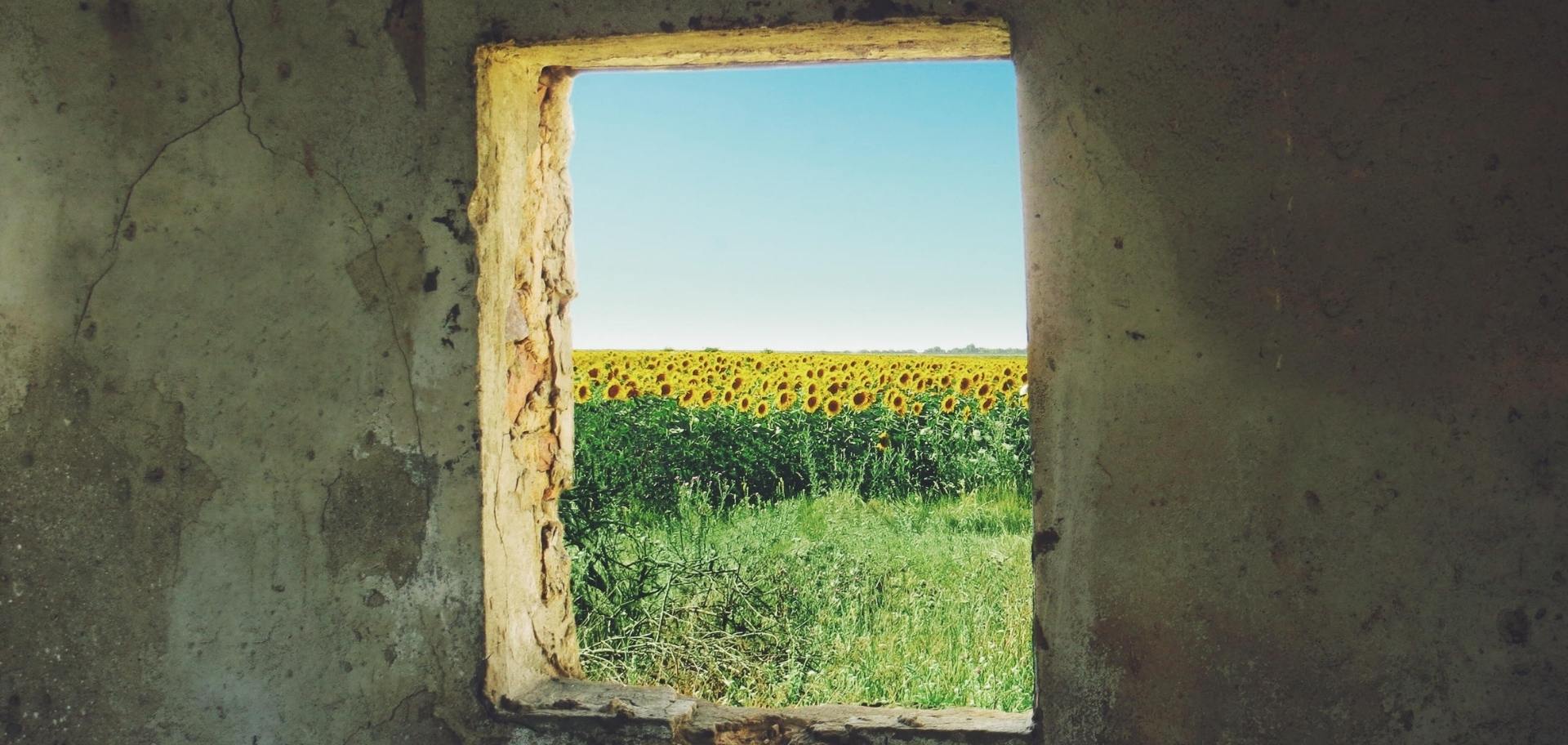


Very informative thank you
A well versed synopsis